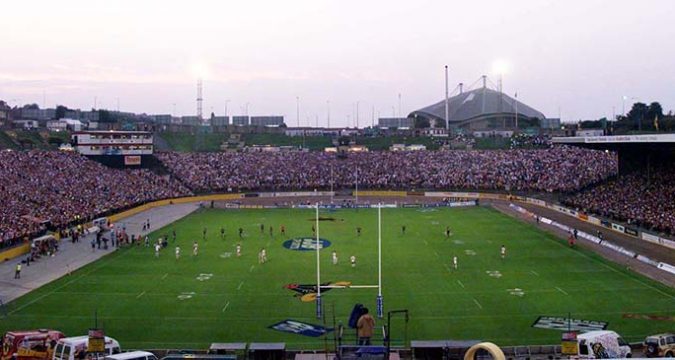 Our journey around the villages, towns and cities that have rugby league running through their veins reaches Bradford.
TALK about high and lows...
From world titles, league championships - including the game's very first - and huge crowds to switches to football, liquidations, a descent into the third tier and even a move out of the borough, wh
Our journey around the villages, towns and cities that have rugby league running through their veins reaches Bradford.
TALK about high and lows...
From world titles, league championships - including the game's very first - and huge crowds to switches to football, liquidations, a descent into the third tier and even a move out of the borough, wh Locations of League: Bradford
 Our journey around the villages, towns and cities that have rugby league running through their veins reaches Bradford.
TALK about high and lows...
From world titles, league championships - including the game's very first - and huge crowds to switches to football, liquidations, a descent into the third tier and even a move out of the borough, wh
Our journey around the villages, towns and cities that have rugby league running through their veins reaches Bradford.
TALK about high and lows...
From world titles, league championships - including the game's very first - and huge crowds to switches to football, liquidations, a descent into the third tier and even a move out of the borough, wh 